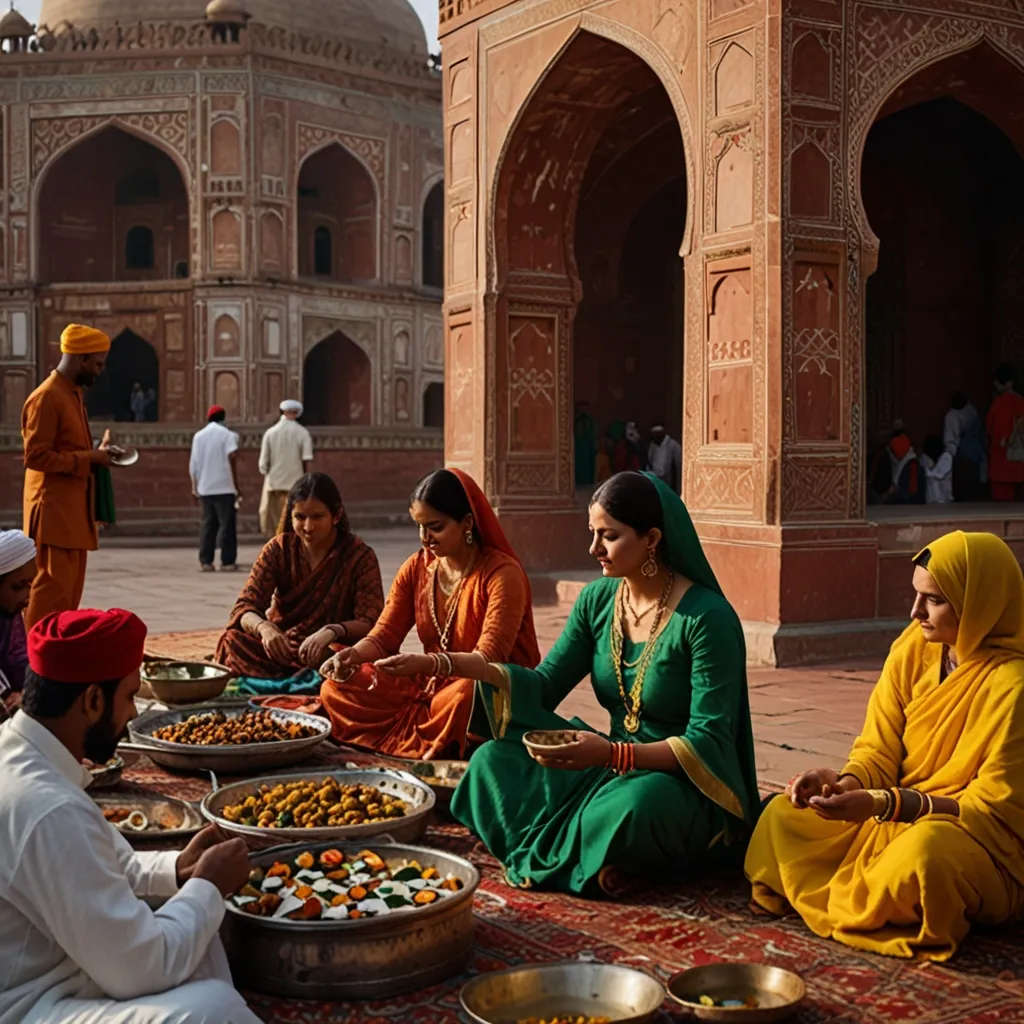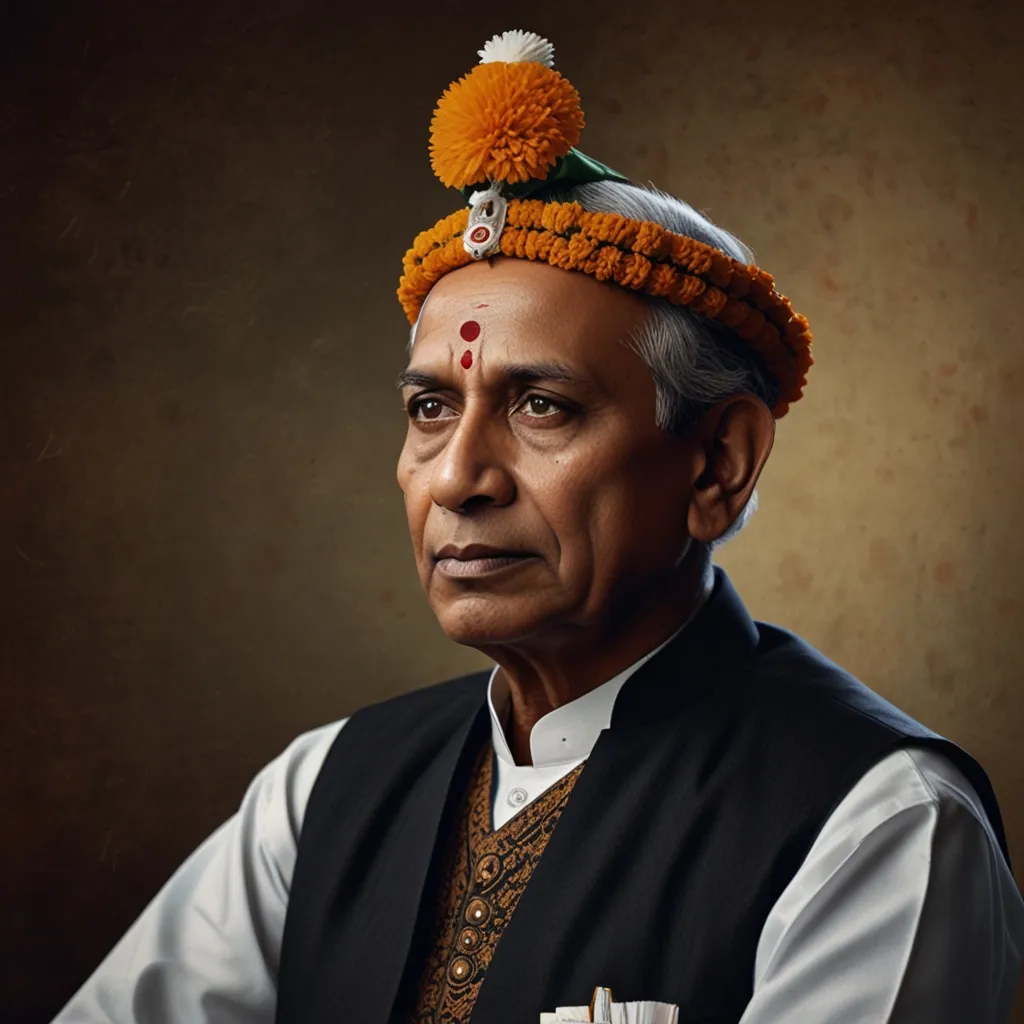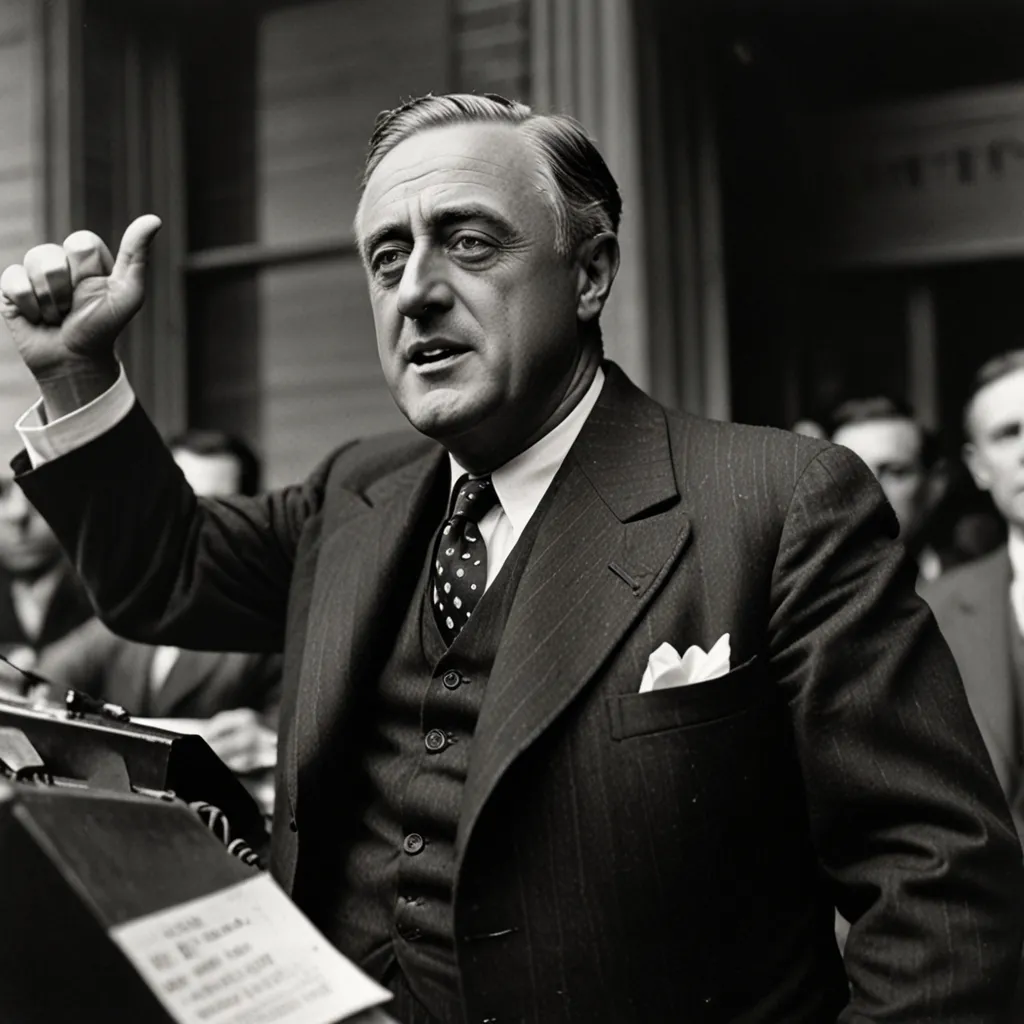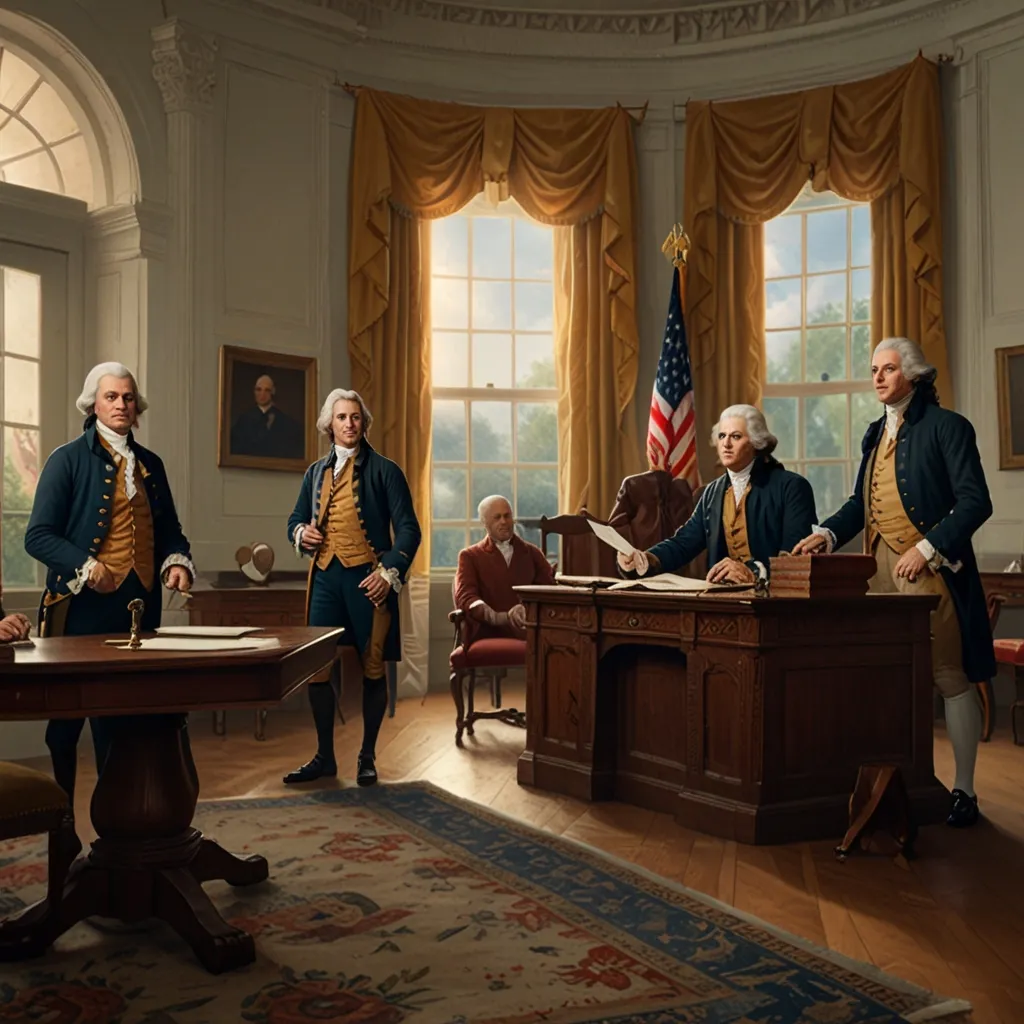The Mughal Empire was a game-changer for India, ruling from the 16th to the 19th century and influencing nearly every aspect of life. This Turkic-Mongol dynasty left behind a massive legacy, touching everything from art and architecture to cuisine and fashion.
One of the coolest things the Mughals did was bring a new style of architecture that mixed Persian, Islamic, and Indian vibes. The Taj Mahal, the ultimate symbol of Mughal grandeur, is probably the first thing that comes to mind. This majestic mausoleum, thanks to Emperor Shah Jahan, is all about those epic domes and mind-blowing marble work. But don’t sleep on other marvels like the Red Fort in Delhi and the palaces in Agra and Lahore.
The Mughal emperors were big-time art lovers. They pushed for a painting style that mashed up Persian, European, and Indian elements. This became known as Mughal painting, famous for its lifelike portrayal of people, animals, and nature. These artistic pieces were more than just eye candy; they offered a peek into the Mughal courts and lifestyles.
When it came to literature, the Mughals were all in. Persian became the chic language of the court, paving the way for a deep and rich literary scene. Poets like Mirza Ghalib and Amir Khusrau got major shoutouts and support from the emperors. Even today, their poetry has a special place in the hearts of people in India and Pakistan.
Don’t get started on the food. The Mughals introduced a fusion of Central Asian, Iranian, and Indian flavors, giving birth to Mughlai cuisine. Think biryani, kebabs, and tandoori chicken—delicious dishes that have now become global favorites.
Fashion was another realm where the Mughals made waves. They brought luxurious fabrics like muslin, silk, and velvet into the mix. These materials were turned into stunning garments, loaded with intricate embroidery and lavish jewelry. The Mughal style, with its grand robes and fancy accessories, became the benchmark for Indian fashion for generations.
Music got a big boost too. The Mughals were patrons of Hindustani classical music, introducing instruments like the sitar and tabla. The Mughal courts were known for their grand musical performances, adding a rich layer to India’s musical heritage.
On a social and political front, the Mughals aimed for unity by blending Hindu and Muslim administrative practices. Emperor Akbar tried to bring various faiths together through policies like “Din-i Ilahi,” although it wasn’t a complete success. Still, it showed their effort to create a more inclusive society.
Agriculture and urban planning saw improvements thanks to the Mughals, who introduced advanced irrigation systems and horticulture. They loved their gardens and waterworks, and the Shalimar Gardens in Lahore is a prime example.
In short, the Mughal Empire left a deep impact on Indian culture. Their influence is seen in architecture, art, literature, cuisine, fashion, music, and social integration. This legacy has made India a richer, more diverse place, ensuring the Mughals’ impact will be felt for a long time.






